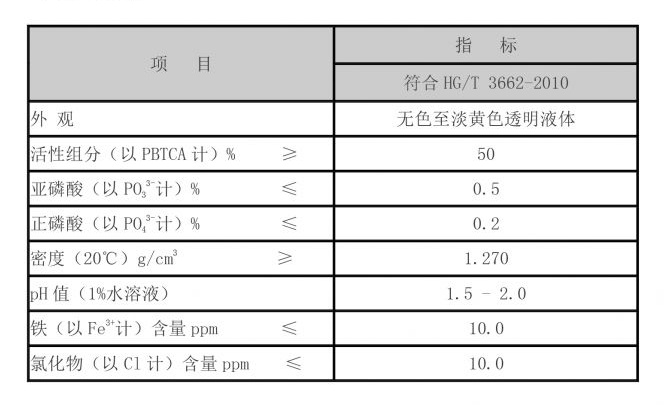Exploring the Role of HEDP in Enhancing Water Treatment Efficiency and Reducing Scale Formation.
Understanding HEDP and Its Role in Various Applications
Hydroxyethylidene Diphosphonic Acid (HEDP) is a crucial chemical compound widely used in various industries, particularly in water treatment, metal cleaning, and as a scale inhibitor. Its unique properties make it an efficient agent in preventing the formation of unwanted deposits in industrial systems and enhancing the performance of numerous applications.
What is HEDP?
HEDP is a phosphonate compound that contains two phosphonic acid groups, which contribute to its ability to chelate metal ions. This chelation process is vital in water treatment applications, where HEDP plays a significant role in controlling scale formation and corrosion in cooling systems, boilers, and other water-dependent processes. The compound is often found in both liquid and solid forms, providing versatility for different industrial requirements.
Applications of HEDP
1. Water Treatment One of the primary uses of HEDP is in water treatment, specifically in preventing scale and corrosion in industrial cooling systems. By chelating metal ions, HEDP prevents the precipitation of calcium, magnesium, and other hardness ions, which can lead to the formation of scale on heat exchange surfaces. This scale can significantly reduce the efficiency of equipment by acting as an insulating layer, thus increasing energy costs and the risk of overheating.
2. Metal Cleaning HEDP is also employed as a cleaning agent in the metal industry. Its chelating properties help to dissolve metal oxides and other contaminants from metal surfaces. This application is particularly important in processes such as electroplating and metal surface treatment, where clean and well-prepared surfaces are essential for ensuring adhesion and longevity of coatings.
hedp ph

3. Agriculture In the agricultural sector, HEDP is used as a chelating agent for nutrients. Its ability to bind with essential minerals allows for better nutrient uptake by plants, leading to improved growth and yield. This function is invaluable in optimizing fertilization strategies and ensuring that plants receive the proper nutrients they need without becoming unreachable or unreliable due to soil compaction or other issues.
4. Detergents and Cleaners HEDP is also found in various detergents and household cleaning products. Its ability to prevent scale formation and enhance cleaning efficiency makes it a popular ingredient in formulations designed for hard water conditions. Whether in dishwashing liquids or washing powders, HEDP ensures that cleaning agents work effectively, even in challenging water conditions.
Environmental Considerations
While HEDP is effective in its roles, it is important to consider its environmental impact. As with many industrial chemicals, there is ongoing research into the biodegradability and long-term effects of phosphonates in ecosystems. Manufacturers are increasingly focused on developing formulations that minimize environmental footprints, leading to a trend toward more sustainable practices in chemical use.
Conclusion
HEDP serves a vital role in various industries due to its unique properties as a chelating agent. From water treatment and metal cleaning to agricultural and household applications, HEDP enhances efficiency and performance in processes that require careful attention to the presence of scale and corrosion. As industries continue to evolve and become more environmentally conscious, the future of HEDP usage may depend on finding a balance between effective performance and ecological responsibility. Understanding this compound's versatility and importance can lead to more innovative and sustainable solutions in the fields where it is employed.
-
Understanding Polycarboxylic Acids: Properties, Applications, and Future PotentialNewsJul.28,2025
-
Scale Inhibitor Explained: How to Protect Your System from Limescale and Hard Water DamageNewsJul.28,2025
-
Scale and Corrosion Inhibitors: Essential Chemicals for Industrial Water System ProtectionNewsJul.28,2025
-
Polyaspartic Acid: A Biodegradable Polymer for Sustainable ChemistryNewsJul.28,2025
-
Isothiazolinones: A Versatile Antimicrobial Class with Industrial Power and Regulatory ChallengesNewsJul.28,2025
-
A Deep Dive into 2-Phosphonobutane-1,2,4-Tricarboxylic Acid (PBTC)NewsJul.28,2025





